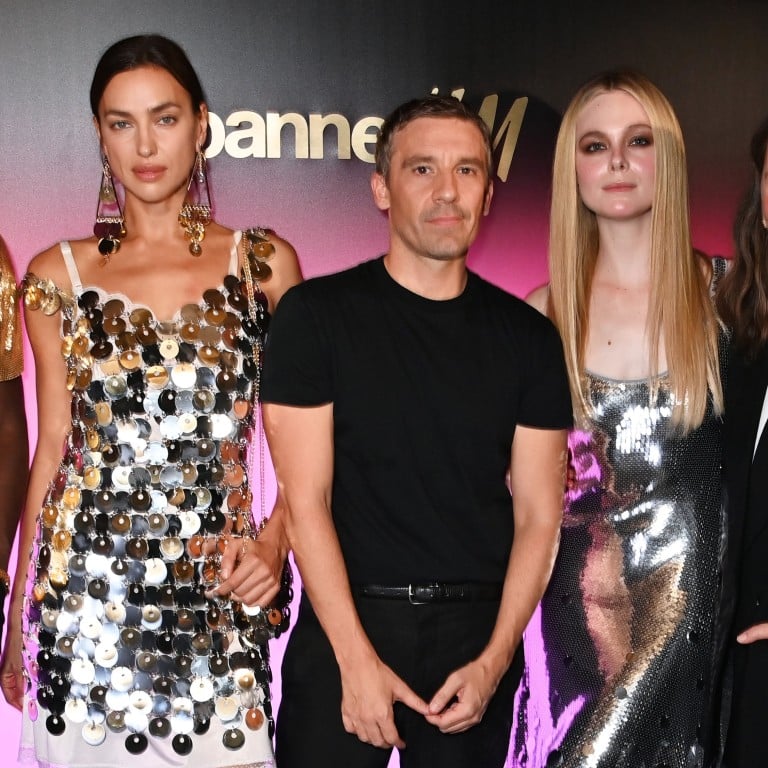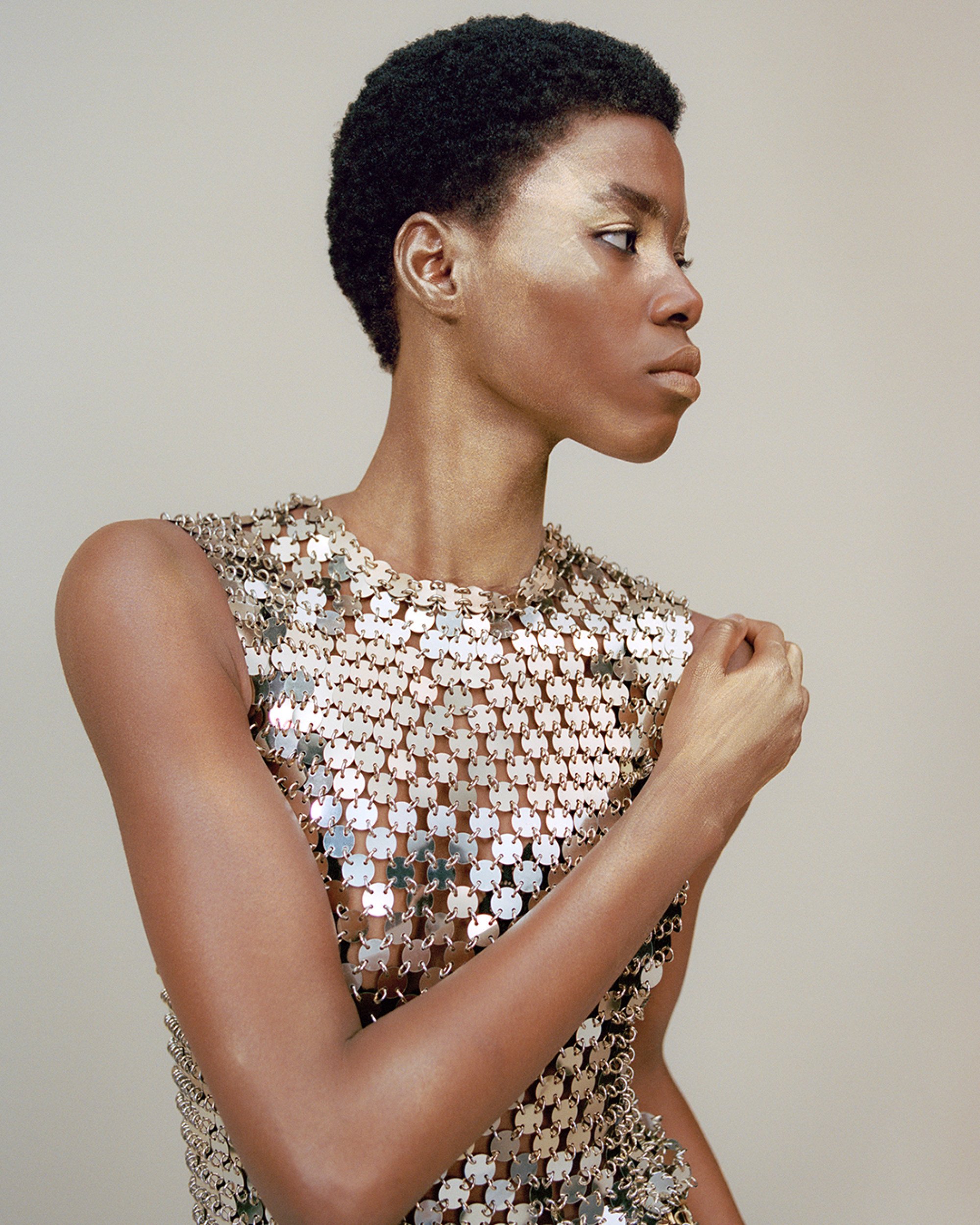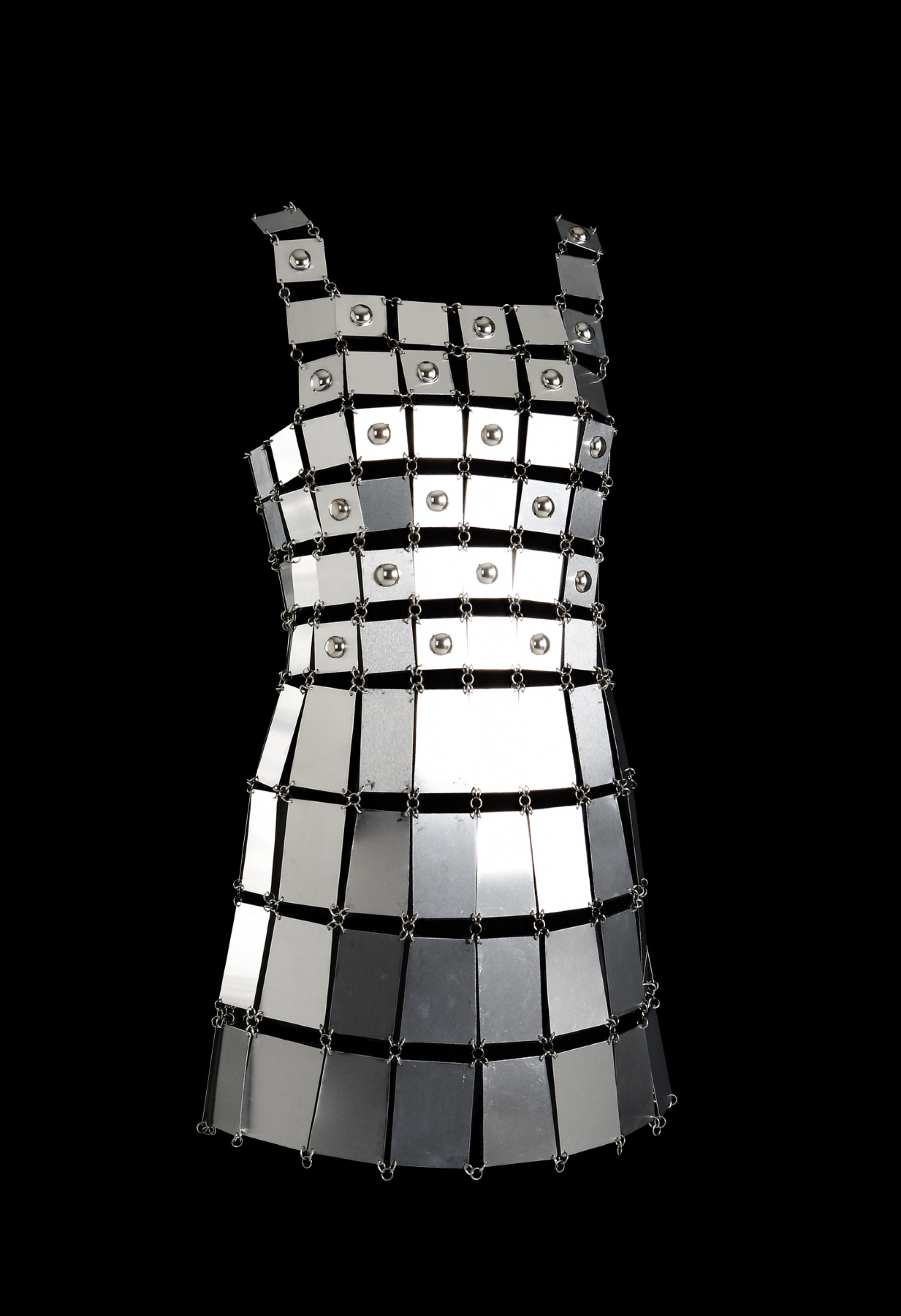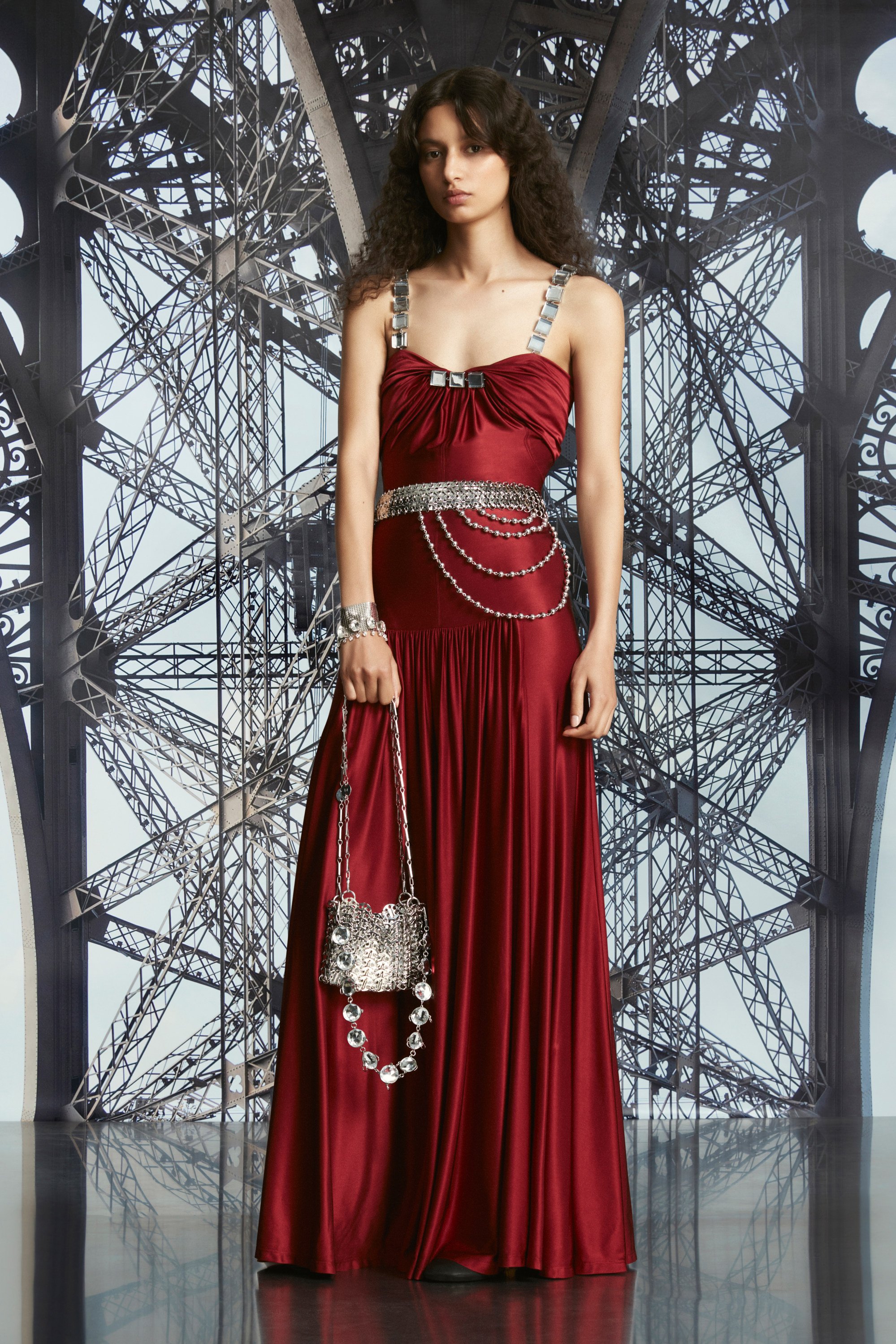Rabanne reborn: how Julien Dossena built a billion-dollar brand – wacko Paco’s Spanish house was known for ‘unwearable’ fashion before the French creative designer took the reins – interview

A few weeks out from his Paris Fashion Week spring/summer 2024 show, Julien Dossena, creative director of Rabanne, has butterflies.
“You have that childish feeling like when you are preparing an end of year school show or something like that,” he says laughing.
That 41-year-old Dossena finds this sense of anticipation and joy in his job – one he has now had for 10 years, something of an anomaly in the fashion world where people burn brightly and fade quickly – is testament to just how much he has evolved the brand.
Trouserless and trending: the brands and icons bringing bare legs back
It’s also understandable given it is no small thing to bring a rusty old fashion house back to relevance. Especially one such as Paco Rabanne, founded by the genius and incurably eccentric Spaniard Francisco Rabaneda Cuervo (better known as Paco Rabanne and occasionally as “wacko Paco” for his less-than-conventional beliefs).

His creations, often calling for pliers rather than needle and thread, were shocking yet sensual, a form of armour for women. Above all they were modern. As Vogue wrote of his work in 1967, “He is constantly working on his idea of redoing the world.[He] feels that there is not one single thing that cannot be reconsidered or redone in a more modern way.”

For Frenchman Dossena, who was 30 years old when he joined Paco Rabanne after working with Nicolas Ghesquière at Balenciaga (another Spanish brand once in need of revival), reminding people of the brand’s influence, and making the clothes desirable again, has been a driving force.
Meet Spain’s stunning future queen Princess Leonor – who just turned 18
“I was convinced that it was a beautiful name and a beautiful heritage and when we talk about Paco Rabanne, he deserved to be on the scene, to have people perceive that exquisite expression of his,” he says. “So that’s an achievement for me that it’s back on the map and that people know when they’re thinking about Paco Rabanne, they’re maybe not thinking about – especially in France – the guy on TV that was doing predictions … but that he invented and created the dresses of an era and that were so modern and so pure.”

Dossena was instrumental in the recent rebrand which unites its ready-to-wear, bestselling fragrances (including Fame and Calandre) and the new extension into beauty. The latter includes the Rabanne make-up collection of space-agey silver-coloured tubes of mascara and lipstick, and compacts with highly pigmented eyeshadows, with make-up artist Diane Kendal on board as beauty creative director.
He says the rebrand represents fully 10 years of reinvention and is also a move to make the label more global.
“I worked with them on how to make it relevant graphically, how to make it global … That was the goal from the beginning, there was a huge main asset in the perfume but two or three years after I arrived, [the fashion] was developing and could be integrated into perfume and create a femininity that was more complex and more modern [and] use some new codes,” he says.

The not-so-insignificant fact is that Dossena has in the process turned Rabanne back into a powerhouse. The Puig-owned brand has recently seen 40 per cent year-on-year growth and earlier this year was reported to be set to break the billion euro mark in revenue. In September Rabanne became the latest to announce a collaboration with fast fashion giant H&M across womenswear, menswear, shoes and accessories and even decor.
Interview: Balenciaga’s Demna on Cristóbal, cancel culture and self-therapy
When Dossena started in the role, however, expectations were low. The job back then was completely different.
“Sometimes I look back and I’m like, ‘Wow, already 10 years!’ It’s the feeling also of building something from scratch that has kept me here. I’ve been lucky to have that opportunity because it’s quite rare actually to take something that, to be honest, nobody expected anything of at the beginning. I got the most freedom I could have to develop it in every aspect,” he says.

The weight of the brand’s legacy and its iconoclastic founding designer is something that Dossena has carefully stepped around. He never actually met Rabanne and he took some time to develop his own ideas before turning to the brand’s famous chain mail. He’s been told the late designer liked what he was doing – pushing elements of craft and materiality, playing with textures and creating clothes that evoke the feeling of dancing at an incredibly fun disco and where glinting glamour is a love language. This, he feels, is enough.
“I [heard] from a friend of a friend who knew him very well for a very long time that he really liked what we were doing with his brand – that was all that I needed to know. I would not say [it was] a validation but just an acknowledgement that I was respecting what he had been doing … that it was respectful and was always paying homage, always really trying to get to the core and to the essence of what he tried to do, what he did when he was designing.”

That said, as Dossena can attest – sometimes you should meet your heroes. In January this year he was guest designer for Jean Paul Gaultier’s couture collection as part of the couturier’s rotating programme. For him, working with someone he has admired since he was a boy watching him on TV was a reminder of what he loves about fashion and creativity.
“It was a great experience. I felt like it was breathing fresh air creatively,” he says, noting how Gaultier is like a “sponge” for picking up culture with no sense of hierarchy.
‘Jiggy’ fashion? 4 of Chris Pine’s best chaotic looks – and why they work
“[It’s] the same generosity of view and just an open and free way of working,” he says.
“We talked about fashion, we talked about life, we talked about how you manage in the industry, how you keep your core creative, the desire in order to keep working. And so that was really hopeful for me and it was an important connection in my life.”
Of creativity and its possibilities though, Dossena has much experience.

His most recent collection – practically couture-like in its details – made his women into goddesses with incredible feathered trousers, and slinkily draped and beaded gowns and tunics.
For Dossena his designs are about capturing “the strength in the femininity” that he sees as essential to the brand. This philosophy is where he started, before even looking at the archive, in interpreting the brand for modern women with interesting lives who want to wear his beautiful clothes.

“I always tried to push it, to make it lighter, to make it much more approachable. Also to try to give – I would not say effortlessness because that’s too much for a Paco Rabanne design – but to make it look easy, to never lose that sensuality … It’s always keeping in mind at the end that it’s basically the relationship between the body and the skin, and that material that makes it a little bit fetish, interesting, but in motion at the same time,” he says.
“It’s always trying to find that balance between the strength of creative propositions and at the same time always thinking about life and the circumstances of life.”

- The Paco Rabanne brand was founded by the outlandish Francisco Rabaneda Cuervo, whose experimental looks were worn by Jane Fonda in Barbarella and Audrey Hepburn in Two For the Road
- Despite shade from Coco Chanel, wacko Paco’s influence was felt in Balenciaga’s Demna and Japanese designer Junya Watanabe before his 1999 retirement – now the label he left is entering a new era